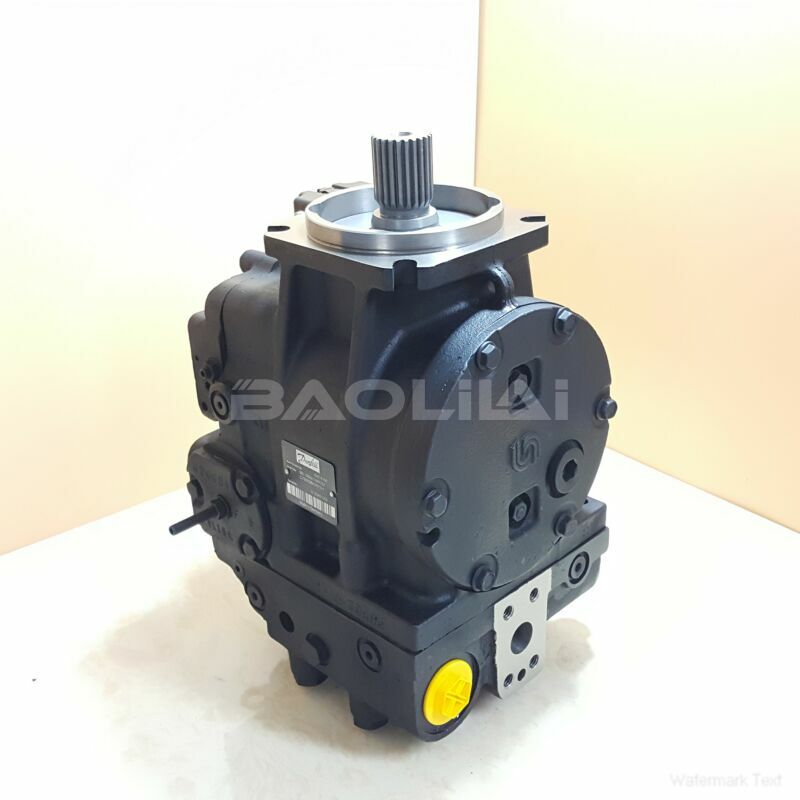90R180KA5DE80TMC8J05NNN292924 sauer danfoss pump
90R180KA5DE80TMC8J05NNN292924 sauer danfoss pump

- Product Details
- Applicable Scene
Sauer Danfoss pumps are essential components in many hydraulic systems, known for their reliability and efficiency. However, like all equipment, they require both troubleshooting and routine maintenance to ensure optimal performance. Understanding the distinctions between these two processes is crucial for operators and maintenance personnel who seek to prolong the life of their pumps and minimize downtime.
90-R-180-KA-5-DE-80-T-M-C8-J-05-NNN-29-29-24
90R180KA5DE80TMC8J05NNN292924
Routine maintenance refers to the regular, scheduled tasks necessary to keep the pumps operating smoothly. This includes activities such as:

83023914
Regular Inspection: Frequently checking for leaks, unusual sounds, or signs of wear can help in identifying potential issues before they escalate. Operators should observe the pump’s performance during operation, noting any deviations from normal behavior.
Fluid Checks and Changes: The hydraulic fluid is critical for the pump’s function. Keeping the fluid at the correct level and changing it according to the manufacturer’s specifications helps to prevent contamination and degradation of pump parts.
Filter Maintenance: Pumps are equipped with filters that help keep the hydraulic fluid clean. Regularly replacing or cleaning these filters is vital to avoid blockages and to maintain fluid flow.
Lubrication: Moving parts within the pump require proper lubrication to reduce friction and wear. Regular lubrication as specified in the maintenance manual extends the life of the pump components.
Belt and Connection Checks: Belts and connections should be regularly checked for signs of wear or damage. Ensuring they are correctly tensioned can avert further complications down the line.
On the other hand, troubleshooting is the process of diagnosing problems that arise unexpectedly. This includes:
Identifying Symptoms: When a pump shows signs of failure, such as decreased pressure, unusual noises, or overheating, troubleshooting begins with observing these symptoms to identify potential causes.





